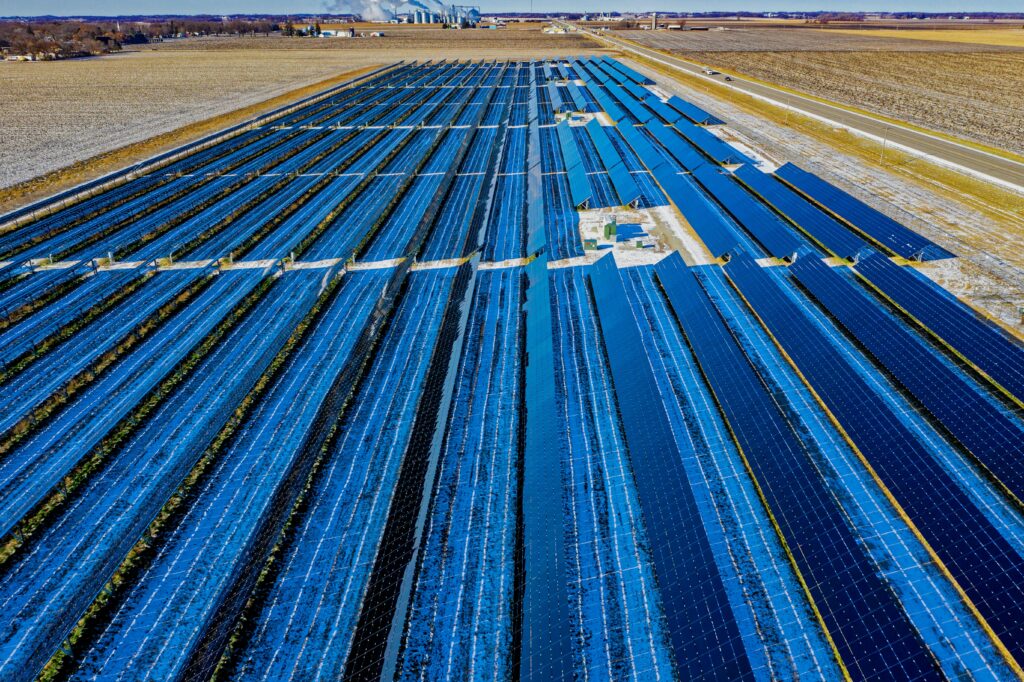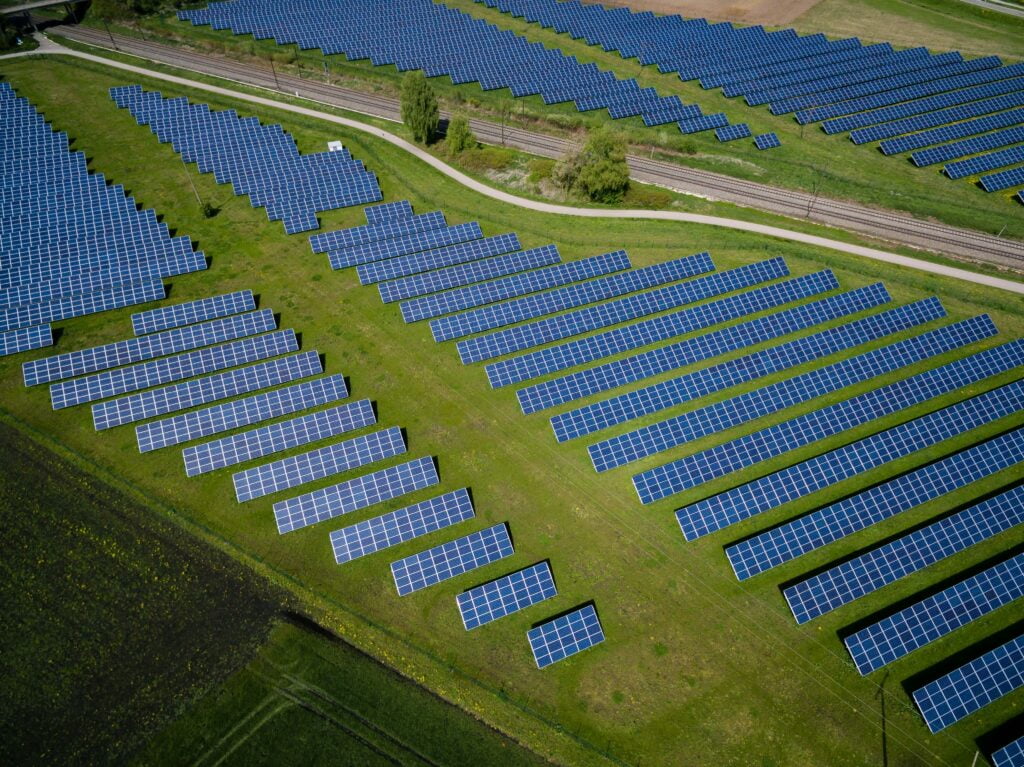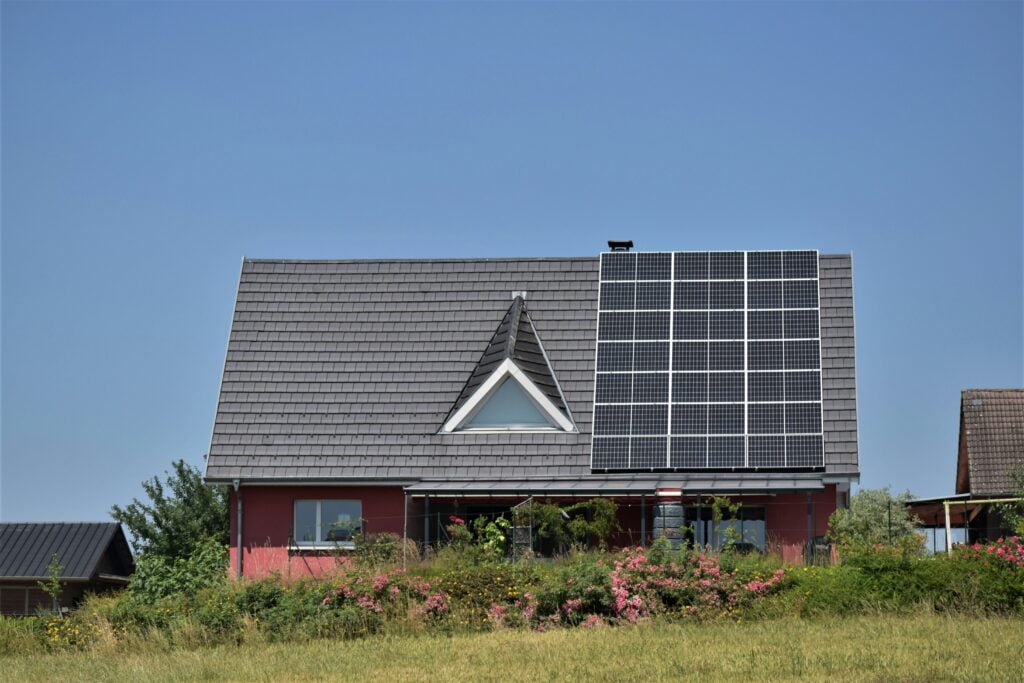Imagine cutting your electricity bills while contributing to a cleaner planet—this is the promise of 400W Solar Panels in Oregon. Homeowners are increasingly turning to solar energy, but for those in homeowners associations (HOAs), navigating the associated regulations can seem daunting.
This guide is designed to help you understand the ins and outs of solar installations, empowering you to make informed decisions. From costs to installation processes, we’ll explore how you can embrace sustainable living and join the solar revolution in Oregon, transforming your home into an eco-friendly powerhouse.
Table of Contents
The Landscape of Solar Energy in Oregon
The Growing Popularity of Solar Energy
- Renewable Energy Transition: As more states adopt renewable energy standards, Oregon stands out with its commitment to sustainability. Solar energy has become a crucial component of this transition.
- Impact on Home Values: Homes equipped with solar systems tend to have higher property values and are more attractive to potential buyers.
What is a 400W Solar Panel?
- Definition and Specifications: A 400-watt panel is designed to convert sunlight into electricity, making it suitable for both residential and commercial applications. These panels typically have a higher efficiency rating, producing more energy per square foot.

Advantages of Higher Wattage:
- Requires fewer solar panels for the same energy output.
- Ideal for homes with limited roof space.
Understanding HOAs and Their Regulations
What is a Homeowners Association (HOA)?
- Overview of HOAs: An HOA is an organization that manages a residential community. It enforces rules, collects fees, and oversees the maintenance of common areas.
- Role in Property Management: HOAs aim to maintain property values and community standards, which can sometimes lead to restrictions on modifications like solar installations.
HOA Guidelines and Solar Energy
- Potential Restrictions: Many HOAs have specific rules regarding the installation of solar panels. This can include:
- Understanding the Guidelines: Homeowners should carefully review their HOA’s governing documents and discuss their plans with HOA boards before proceeding.
The Benefits of Installing 400W Solar Panels
Increased Efficiency
Higher Energy Output:
- A 400-watt solar panel can produce significant energy, often enough to cover a substantial portion of a home’s energy needs.
- This efficiency is especially beneficial for homes with limited roof space, allowing homeowners to maximize their solar investment.
Cost-Effectiveness
Reducing Energy Bills:
- By generating their own electricity, homeowners can significantly lower their electricity bills.
- With rising energy costs, investing in solar can provide long-term savings.
Incentives and Rebates:
- Homeowners can take advantage of federal and state programs, including the solar tax credit, which can reduce the overall cost of installation.
- Local utilities may also offer rebates for solar installations.
Environmental Impact
Carbon Footprint Reduction:
- Using solar energy contributes to a decrease in greenhouse gas emissions, supporting Oregon’s goal of a cleaner environment.
Sustainability Goals:
- By adopting solar technology, homeowners play a crucial role in promoting renewable energy and sustainability.
Steps to Installing Solar Panels in an Oregon HOA
Step 1: Research HOA Guidelines
- Gather Documentation: Review your HOA’s governing documents, including the CC&Rs (Covenants, Conditions, and Restrictions) and any specific solar panel policies.

- Consult with Neighbors: Speak with other homeowners who have successfully installed solar panels to gain insights and advice.
Step 2: Assess Your Home’s Solar Potential
Roof Orientation and Size:
- Evaluate whether your roof is suitable for solar panel installation. Ideally, roofs facing south receive the most sunlight.
- Shade Analysis: Consider any obstructions (trees, buildings) that may cause shading, affecting the power output of your solar panels.
Step 3: Engage with Solar Professionals
Choosing a Solar Company:
- Look for local solar companies with positive reviews and experience working within HOA regulations.
- Request quotes and proposals to compare products and installation costs.
Step 4: Prepare Your Proposal
- Application Process: Many HOAs require a formal application for solar panel installations. Include detailed plans, specifications of the solar panel system, and how it complies with HOA guidelines.
- Engagement with the HOA Board: Present your proposal at an HOA meeting, addressing any concerns and emphasizing the benefits of solar energy.
Step 5: Installation and Aftercare
- Installation Process: Once approved, work with your chosen solar company for installation, which typically takes a few days to a week.
- Monitoring Performance: After installation, monitor the performance of your solar system to ensure optimal energy production.
Understanding the Costs of Solar Panel Installation
Breakdown of Solar Panel Costs
- Initial Investment: The cost of a 400-watt solar panel can range from $1,000 to $3,000 per panel, depending on brand and installation complexity.

- Total System Cost: The total cost for a complete solar system installation varies based on:
- The number of panels required.
- Additional equipment, such as inverters and batteries.
- Installation labor costs.
Long-Term Financial Benefits
- Return on Investment (ROI): Over time, savings from reduced electricity bills and incentives can provide a significant ROI.
- Increased Home Value: Homes with solar panels often sell for more, as prospective buyers value the savings and sustainability features.
Community Engagement and Support
Building Community Support
- Educating Neighbors: Share information about the benefits of solar energy with fellow HOA members to build support for your installation.
- Organizing Community Meetings: Consider hosting an event to discuss solar energy options, addressing any concerns and questions from neighbors.
Leveraging the Power of Technology
- Solar Calculators: Use tools like a solar calculator to estimate energy savings and costs based on your home’s specifics.
- Online Resources: Explore expert reviews and articles on solar technology to stay informed about the latest advancements and products.
Conclusion
As Oregon homeowners consider transitioning to solar energy, understanding HOA regulations and the advantages of 400-watt solar panels is essential. By following the outlined steps and engaging with the community, residents can successfully harness the benefits of solar energy while adhering to HOA guidelines. The future of sustainable living in Oregon is bright, powered by the sun, and supported by informed and proactive homeowners.
Frequently Asked Questions (FAQ)
Can my HOA deny my request to install solar panels?
Yes, HOAs can enforce rules regarding solar panel installations. It’s crucial to review your community’s guidelines and engage with the board early in the process.
What is the average cost of installing a 400W solar panel system in Oregon?
The average cost varies but can range from $1,000 to $3,000 per panel, depending on specifics like installation and brand.
Are there incentives for installing solar panels in Oregon?
Yes, there are various incentives, including the solar tax credit and local utility rebates, which can significantly reduce installation costs.
How much energy can a 400W solar panel produce?
A 400-watt panel can generate approximately 1,600 to 2,000 kWh of electricity annually, based on sunlight exposure.
What should I do if my HOA denies my installation request?
Consider discussing the decision with the HOA board and proposing adjustments to your plans that might align better with their guidelines.